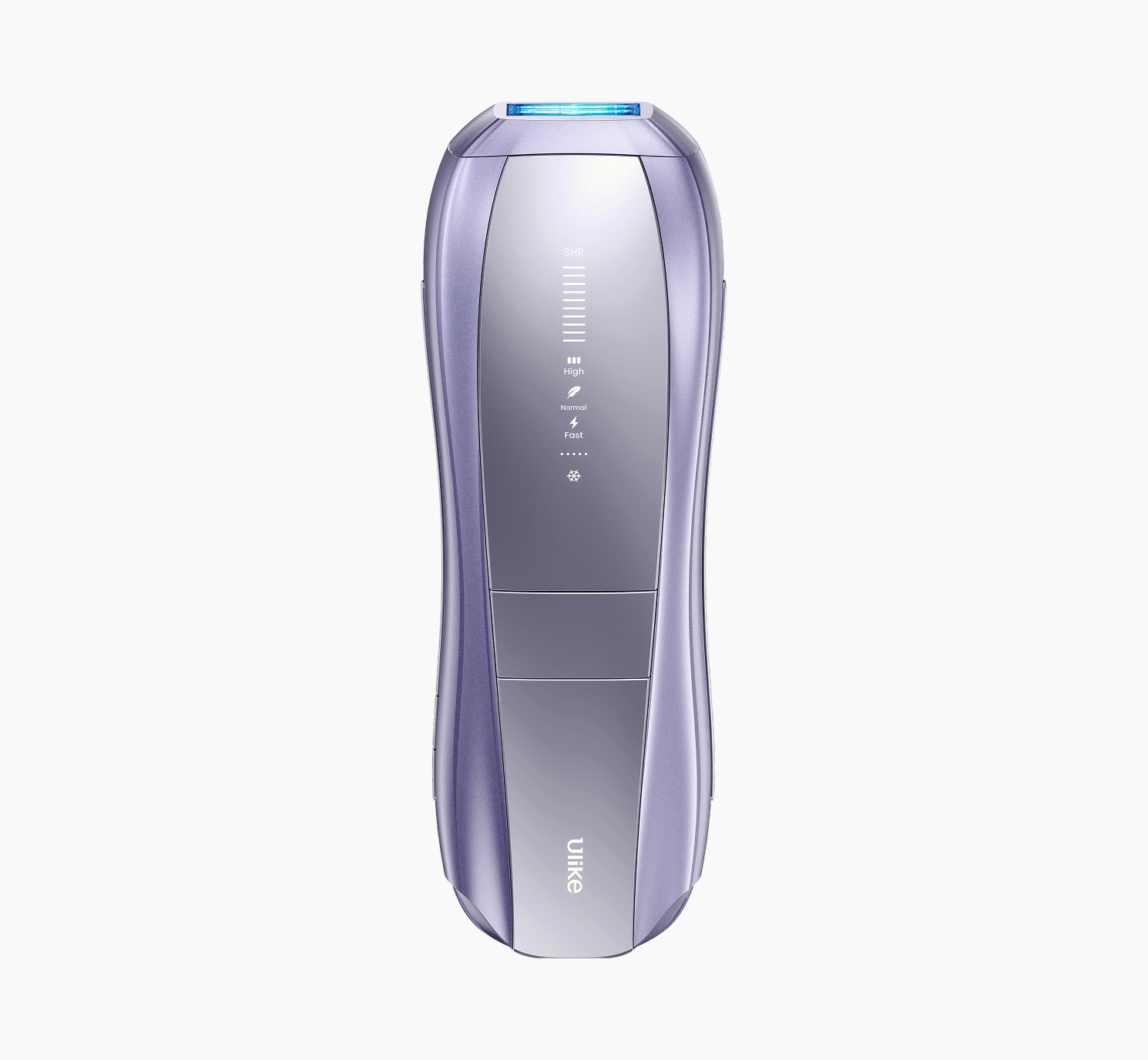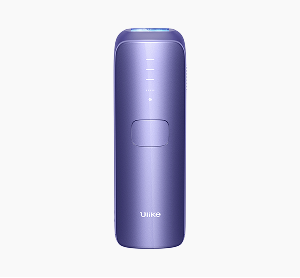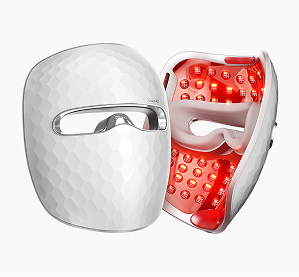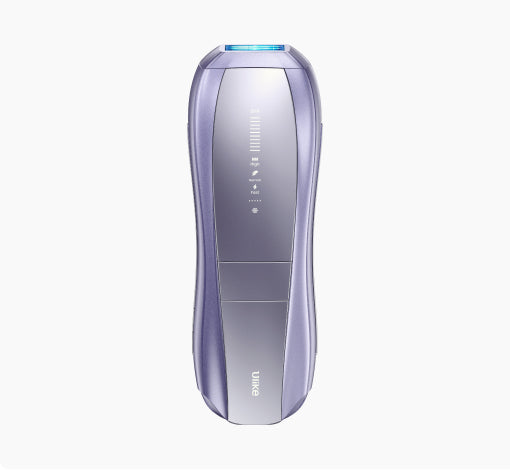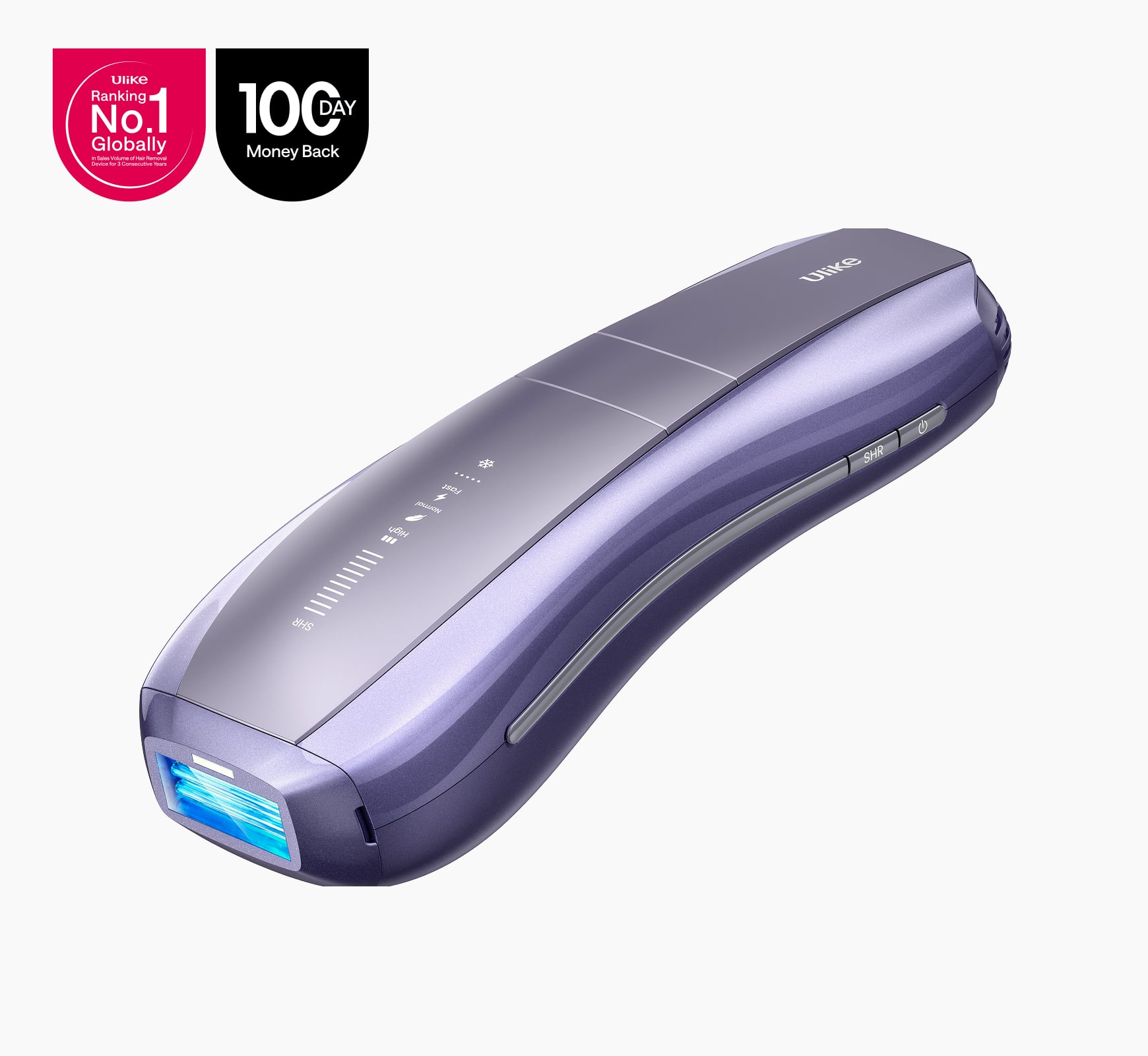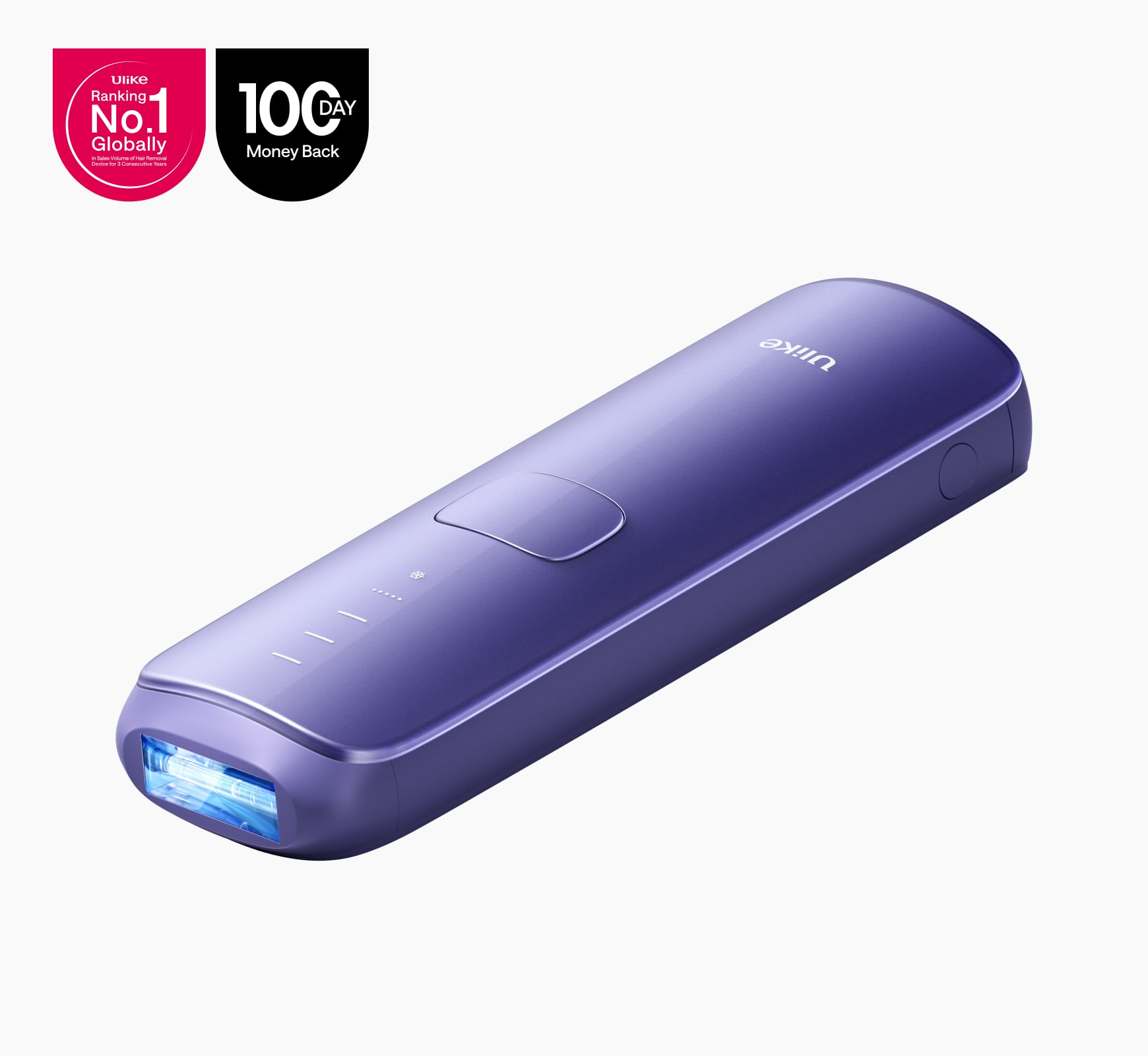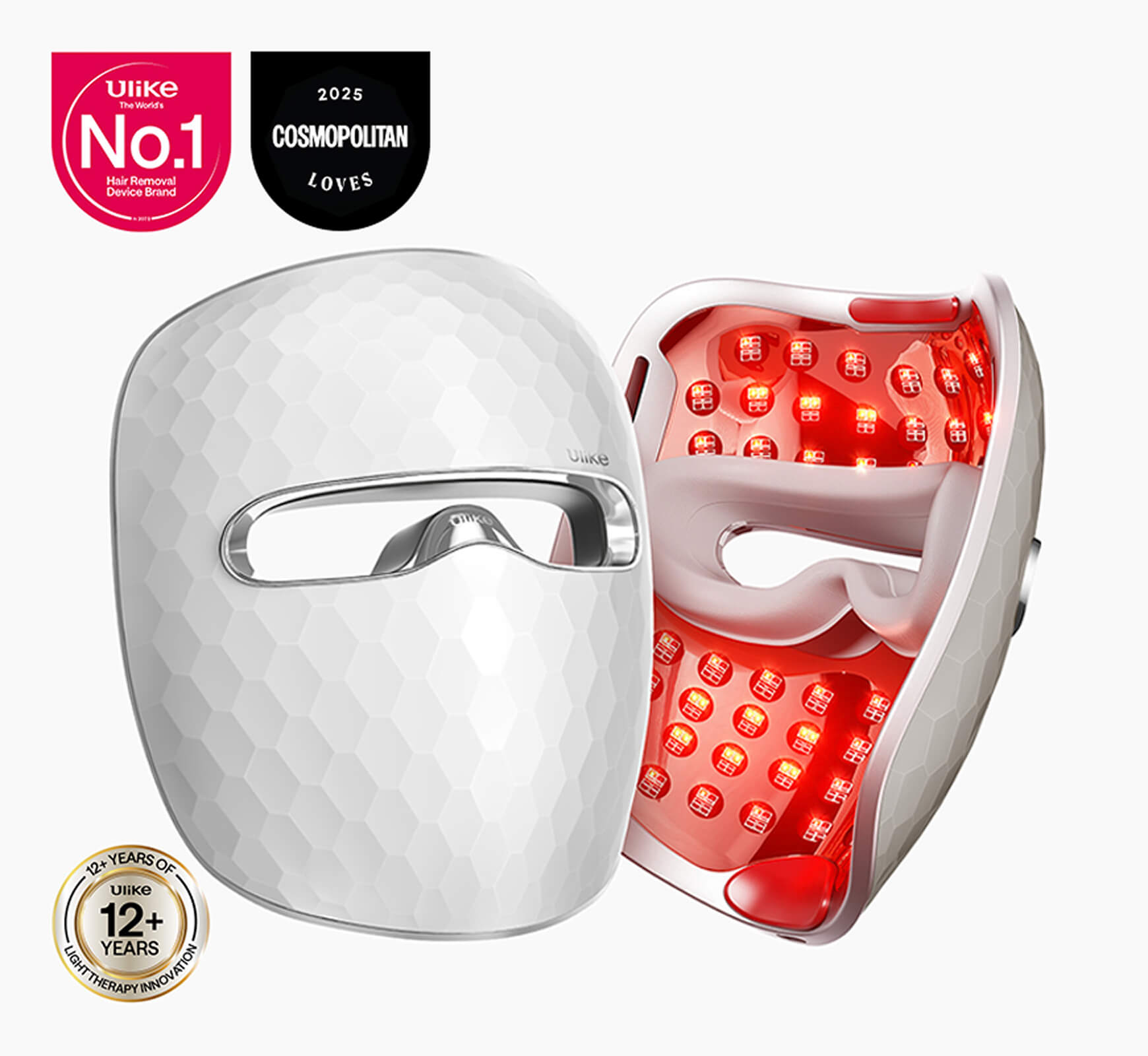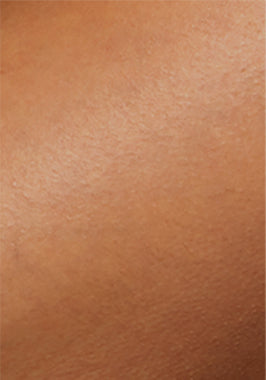There are literally millions of products out there competing for your hard-earned pounds — so how do you choose the right one? Especially when it comes to something as personal as laser hair removal. It's like dating in the digital age: you're swiping left on a lot of duds until you find The One.
And here's the thing: the at-home laser hair removal market is booming. If you've ever scrolled through Amazon's endless listings, you've probably asked yourself: What's the difference between IPL and diode lasers? Are at-home devices safe for my skin? Is it easy to use? And, most importantly, does this new tech actually work better than my trusty razor? With so many options, figuring out which one's worth your time (and money) can feel overwhelming.
Luckily for you, we've broken at-home laser hair removal down to the essentials: technology, comfort, cost, and effectiveness of the top devices. This guide will help you cut through the noise and find The One for your at-home hair removal needs.
Top 12 Must-Knows for Choosing the Best At-Home Laser Hair Removal Device for You
Know the Tech
1. IPL vs. Diode Laser
There are two major players in the at-home laser hair removal game: IPL (Intense Pulsed Light) and Diode Lasers. While both target hair follicles to slow or stop regrowth, they differ in precision, comfort, and effectiveness.
|
|
IPL (Intense Pulsed Light) |
Diode Laser |
|
Light Type |
Broad-spectrum light targeting melanin |
Single-wavelength light targeting hair follicles |
|
Precision |
Less precise but faster for large areas |
More precise, better for smaller, targeted areas |
|
Effectiveness |
Best for fair skin with dark hair |
Suitable for a wider range of skin tones |
|
Comfort |
May cause mild discomfort in sensitive areas |
Slightly more intense; redness or swelling possible |
Takeaway: IPL is ideal for treating larger areas and fair skin tones, while diode lasers offer greater precision and work better on a broader range of skin tones.
2. Skin & Hair Compatibility

Just like your dating app matches, at-home devices have a type. Laser hair removal works best when there is a strong contrast between your hair and skin colour. Generally, these devices are most effective for those with fair skin and dark hair. Some advanced models come with skin sensors that adjust the settings based on your skin tone for added safety. If you have darker skin or blonde hair, you should avoid IPL. Instead, opt for diode or clinical Nd:YAG lasers, as they can bypass the melanin in the skin, making them safer and more effective.
- For fair skin and dark hair – IPL is your perfect match!
- For medium to brown skin tones – Look for a device with adjustable intensity settings.
- For lighter hair colours (blonde, grey, or red) – You may need specialised laser technology, as IPL is not effective on these hair types.
- Takeaway: Choose a device suited to your hair colour and skin tone for the best results. In general, fair skin and dark hair respond best.
3. Flash Count/Lifespan
Like a university student on a night out, your laser device can only flash so many times before it gives up! Flash count (or lifespan) directly impacts how long your device will last. Most mid-range at-home laser devices offer between 300,000 and 1,000,000 flashes. Some models also come with replaceable cartridges, so it's worth considering longevity before making a purchase.
In general, higher flash counts mean better value and a longer lifespan. While this varies by device, 100,000 flashes typically last between 5 and 10 years for the average user.
- Longer Lifespan Devices (500,000–1,000,000 flashes): Ideal for multiple users or long-term use.
- Shorter Lifespan Devices (100,000–200,000 flashes): Best for personal, infrequent use.
- Takeaway: A higher flash count means a longer-lasting device — perfect for multiple users or long-term use.
4. Intensity Levels

Intensity isn't just where the unhoused find refuge. Adjustable intensity levels are key to customising your laser hair removal treatment, ensuring the best results for your unique skin and hair. Think of it like tuning in to your ideal playlist: too low, and you're not feeling the vibe; too high, and you might regret it.
- Lower intensity: Reduces discomfort, especially in sensitive areas (hello, upper lip!). It's also ideal for those with fairer skin tones or finer hair, as it's gentler on the skin.
- Higher intensity: May be needed for thicker or darker hair. Think of it as turning up the volume to tackle those stubborn spots.
When it comes to skin types, the Fitzpatrick scale is the go-to guide, categorising skin tones from I (very fair) to VI (very dark). Most IPL devices work well for skin types I to IV. However, skin types IV and V can be difficult to distinguish. If you're unsure, you might fall into a grey area, so it's best to opt for a device with adjustable intensity settings.
And remember — tanning affects your skin tone. If you've been soaking up the sun or using tanning beds, you might shift from a I to a V by the end of summer. (So, give the tanning a break before your session!)
Takeaway: Choose a device with adjustable intensity levels to personalise your treatment for the best results.
Know Your Comfort
5. Cooling Features
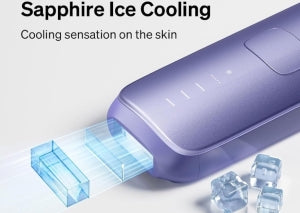
Ice, ice, baby! When it comes to comfort, opt for a device with a built-in cooling system. This feature helps reduce discomfort during treatments, making the process far more bearable — especially for sensitive skin. Cooling systems are a game-changer, preventing that burning sensation many people worry about with laser hair removal.
A comfortable temperature range for IPL (typically between 7°C and 18°C) keeps you cool and relaxed while the device works its magic. Many users describe the sensation as a mild tingle, no worse than the snap of a rubber band.
Takeaway: Built-in cooling minimises discomfort — particularly important for sensitive areas.
6. Treatment Window Size
In some cases, size does matter. For at-home laser hair removal, the treatment window size affects how quick and comfortable your session is. A smaller window provides more precision, which is perfect for tricky areas like the upper lip and jawline, but it means treating large areas will take longer. Conversely, a larger window speeds up the process — and who doesn't love efficiency?
- Small (1–2 cm²): Best for precise areas like the upper lip or bikini line.
- Large (3–4 cm²): Ideal for larger areas like legs or back, saving time and improving comfort.
- Takeaway: Larger treatment windows are faster for big areas, while smaller ones offer better precision.
Know Your Price
7. Cost
How much does it really cost to go hair-free at home? At-home laser devices are generally more affordable than professional treatments, but they're still an investment. Prices can vary by hundreds of pounds between budget and high-end devices, depending on quality, features, flash count, and brand. And don't forget about discounts and sales that can sweeten the deal!
When considering cost, keep these factors in mind:
- Flash count & durability: Longer-lasting devices typically come at a higher price.
- Additional features: Cooling systems, app connectivity, and smart sensors can increase the cost.
- Brand reputation & warranty: Trusted brands with better warranties often have a higher price tag.
Price vs. Features Breakdown
|
Price Range |
Flash Count / Lifespan |
Features |
Brand & Warranty |
|
Budget (£120–£200) |
100,000–300,000 flashes (~1–5 years) |
Basic functionality |
Shorter warranties, lesser-known brands |
|
Mid-Range (£200–£350) |
300,000–600,000 flashes (~5–10 years) |
Cooling systems, app connectivity |
Established brands, 1–2-year warranty |
|
High-End (£400–£650+) |
500,000–1,000,000 flashes (~10–20+ years) |
Advanced features (auto modes, skin sensors) |
Premium brands, 1–2-year warranty, extra support |
Takeaway: Balance your budget with the features you need. If you're after longevity, advanced features, or a reputable brand, expect to pay more.
8. Maintenance
Low maintenance isn't a luxury — it's a must. While flash count determines a device's lifespan, how well you maintain it plays a big role in its overall performance. Don't just focus on the features when buying a laser hair removal device — consider how easy it is to maintain too.
Ask yourself:
- Does it have clear cleaning instructions? Keeping the lens or treatment head free of debris ensures optimal results.
- Are replacement parts available? Power cords, cartridges, or accessories should be easy to find if needed.
A high-quality device should not only be durable but also designed for effortless upkeep, giving you better long-term value and a stress-free experience.
Takeaway: Devices that are easy to maintain = better long-term investment.
9. Warranty & Support
Like a dependable partner, a good brand should have your back. When investing in a laser hair removal device, especially a high-end one, check that it comes with a solid warranty and responsive customer support.
- Warranty coverage: Most devices offer 1–2 years, with some brands even providing a money-back guarantee.
- Brand support: Make sure the company has reliable customer service to assist with troubleshooting or technical issues.
A trustworthy warranty protects you from potential defects, while good customer support ensures that any issues are quickly resolved.
Takeaway: A solid 1–2-year warranty and reliable support are essential for any high-investment product.
Know It Works
10. FDA Clearance

Trust matters! FDA clearance is a big deal when it comes to safety—and for good reason. If a laser hair removal device is FDA-cleared, it means it has undergone rigorous testing to ensure it's safe for at-home use. The FDA evaluates devices for both safety and effectiveness, helping reduce the risks of burns, irritation, and anything else that could damage your skin.
In fact, the FDA receives thousands of injury reports every year related to at-home beauty treatments—including burns, blisters, and eye injuries. Using an FDA-cleared device gives you peace of mind, knowing that it meets strict safety standards.
FDA-cleared devices:
- Are tested for safety and effectiveness, ensuring you get the best results with minimal risks.
- Set a minimum safety standard—while not a guarantee of effectiveness, it's a strong indicator of reliability.
Takeaway: Choose an FDA-cleared device for peace of mind. Simple as that.
11. Speed & Efficiency
Got a busy schedule? (Who doesn't, right?) Look for laser devices with:
- Fast pulse rates (typically 1–2 pulses per second) for quicker sessions.
- Automatic flash modes, eliminating the need for repeated button presses.
- Skin sensors, reducing guesswork and optimising treatment speed.
These features can significantly speed up your sessions, especially for larger areas like legs or arms. The quicker, the better!
Takeaway: Faster pulse rates = quicker treatments for larger areas.
12. Customer Reviews
The proof is in the people! Genuine customer reviews are a goldmine of information, cutting through marketing claims and providing real insight into:
- Ease of use – Is it user-friendly?
- Comfort during treatment – Does it hurt, or is it painless?
- Effectiveness over time – Do users see lasting results?
If possible, check video reviews for a more realistic view of how a device actually performs.
Takeaway: Don't skip the reviews—they provide a real-world glimpse of what you're in for.
Conclusion: Which Device Is Right for You?
Ready to ditch razors for good? Choosing the best at-home laser hair removal device depends on your skin tone, hair type, and personal comfort preferences. There's no one-size-fits-all, but by focusing on what matters most (like technology, intensity, and results), you'll find your perfect match.
At the end of the day, the best device is the one that fits your skin, your goals, and your budget. So, take your time, do your research, and get ready to enjoy a hair-free future. Happy hair removal!
TL;DR:
- IPL is best for larger areas, while diode lasers are great for precision and darker skin tones.
- Match your device to your skin tone and hair colour for optimal results.
- Look for FDA clearance, cooling features, and a good warranty for peace of mind.

